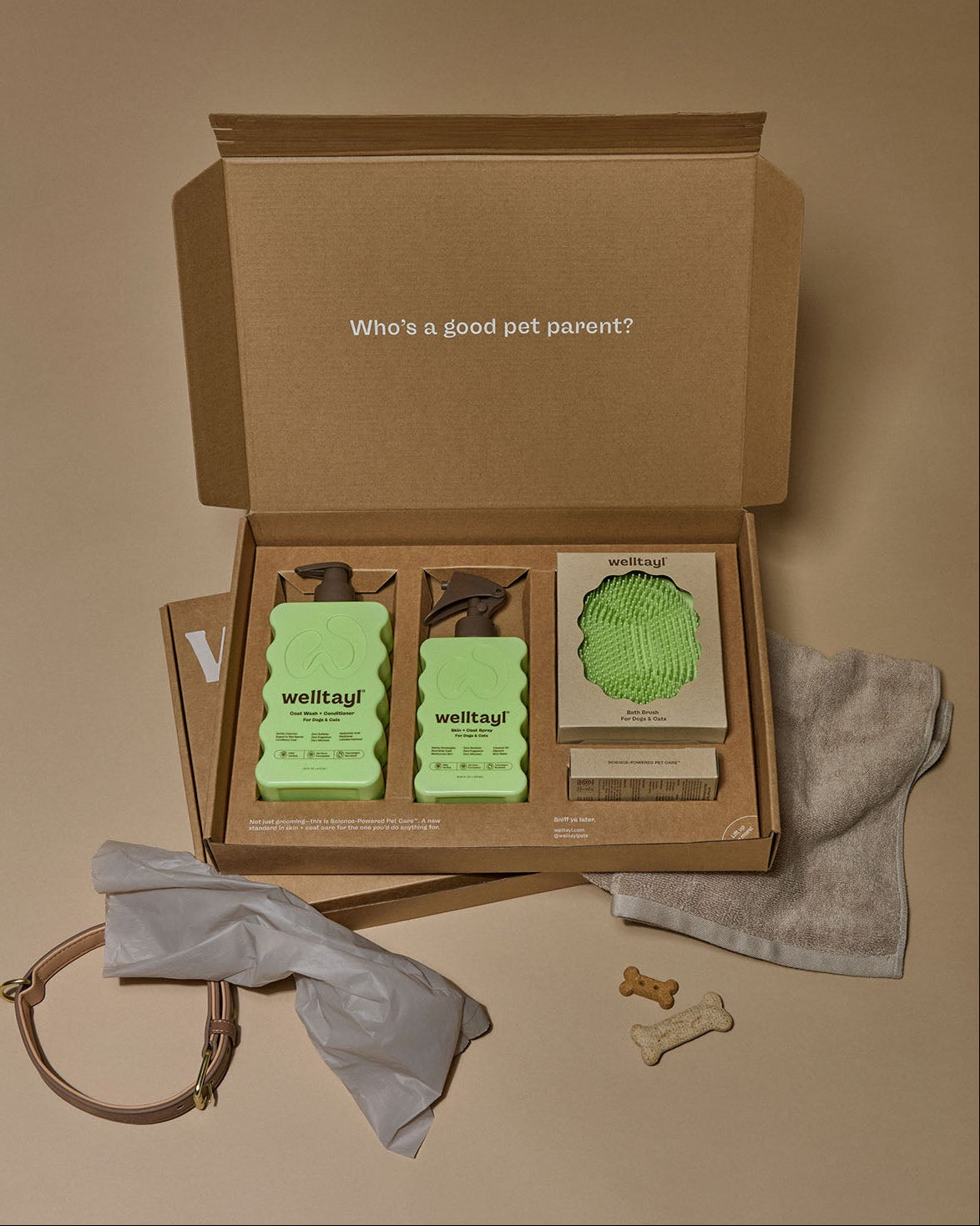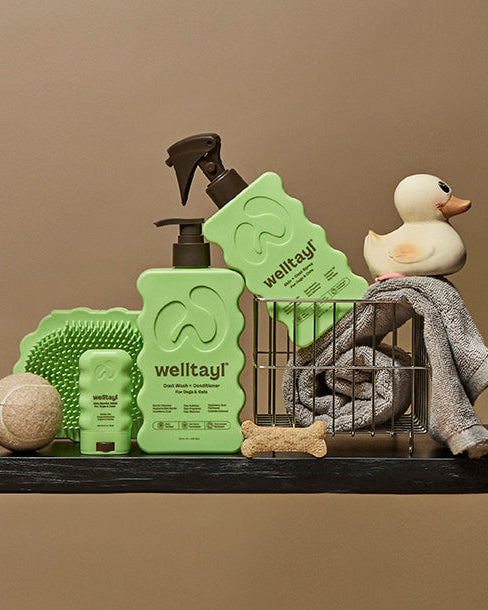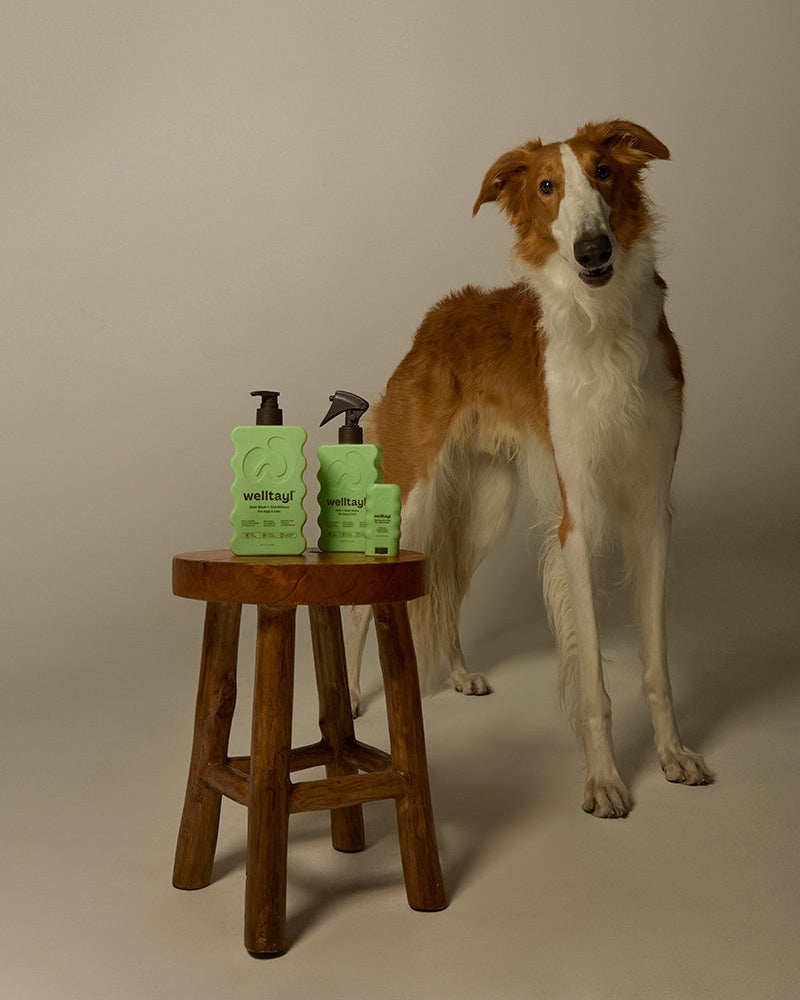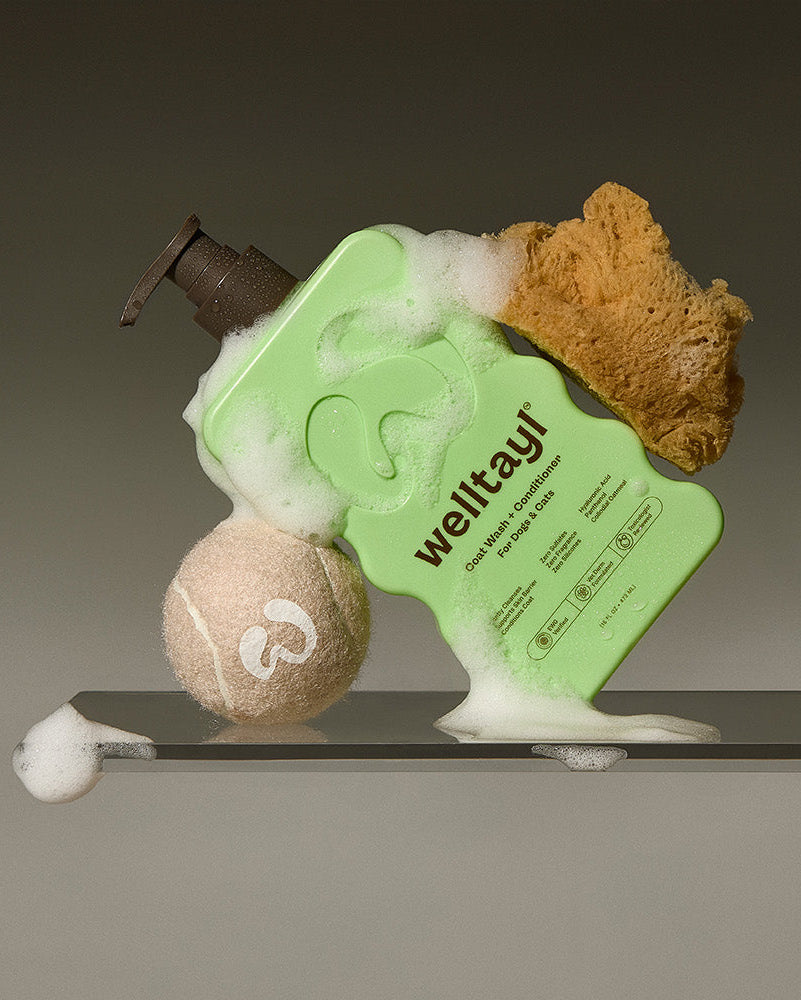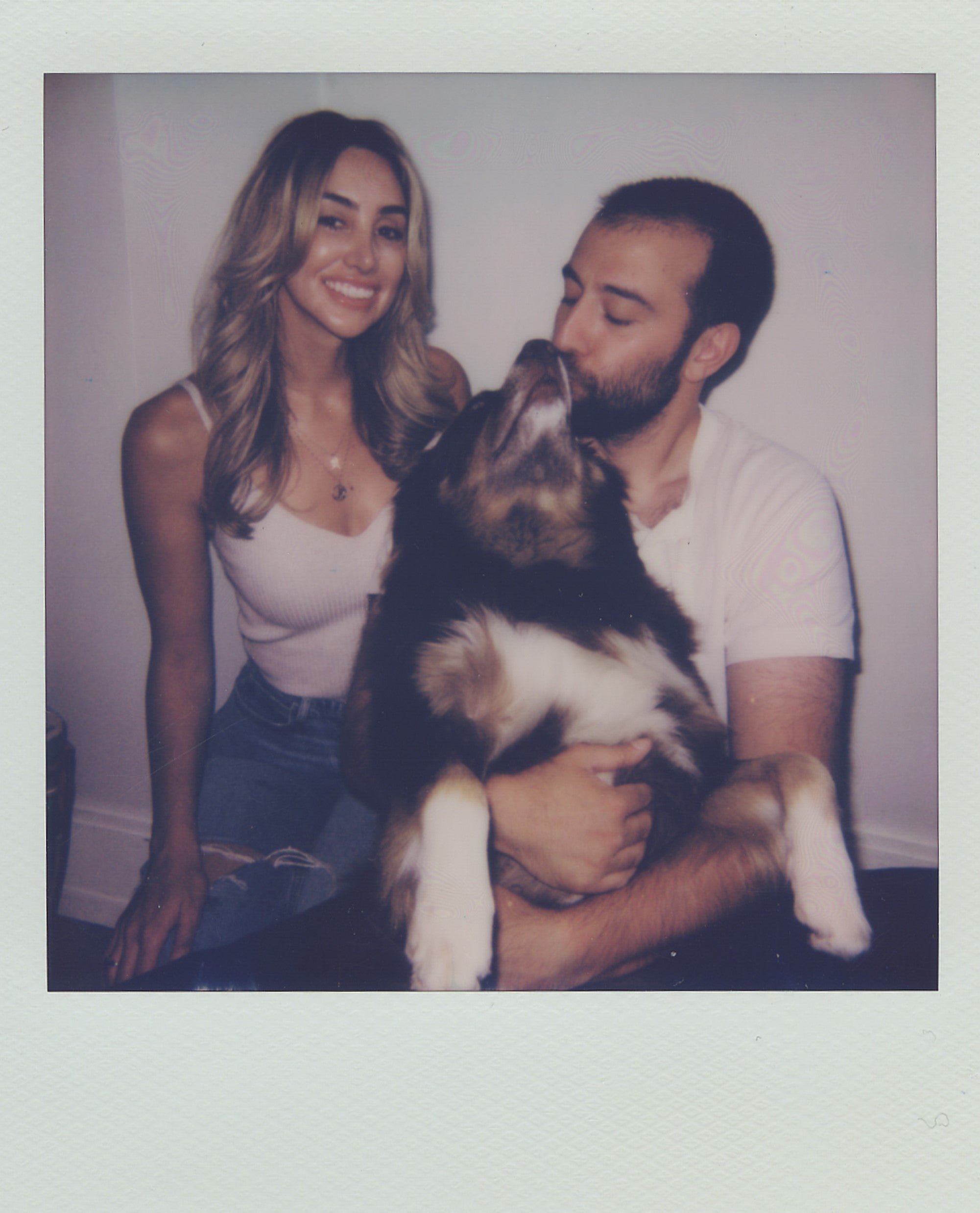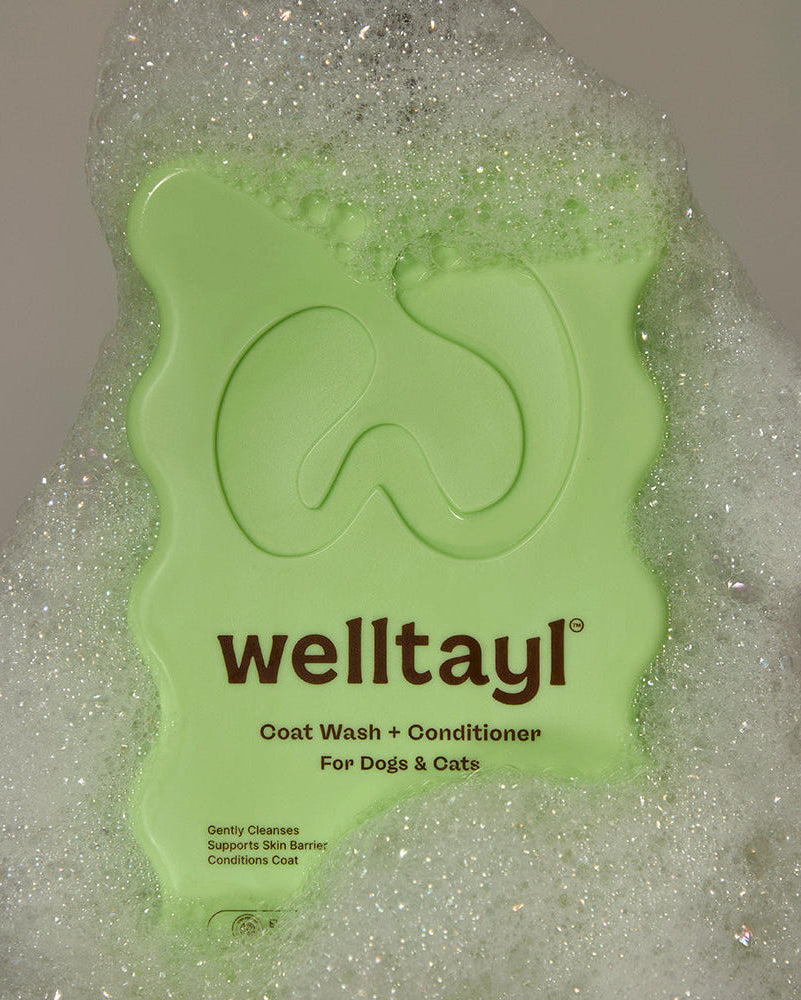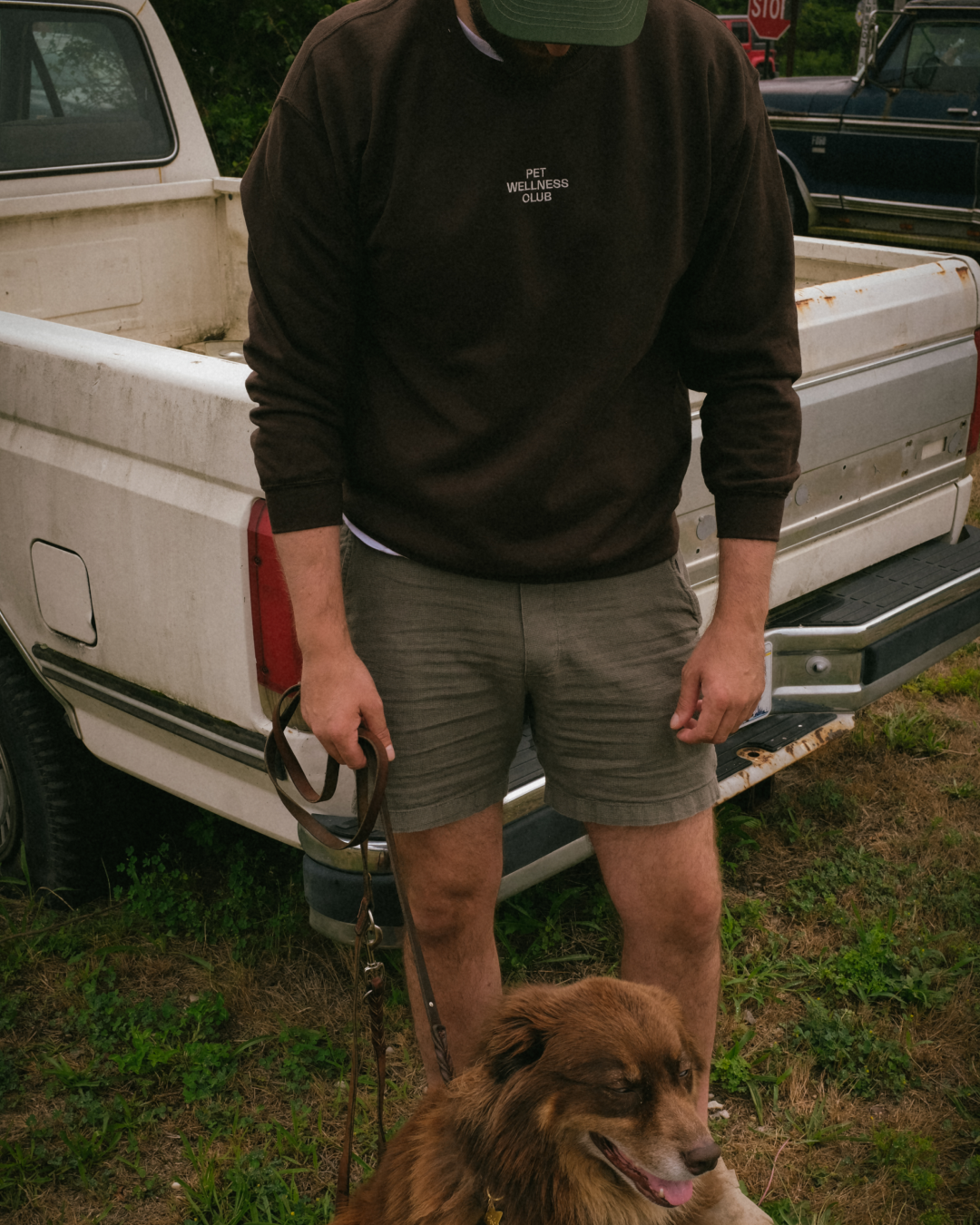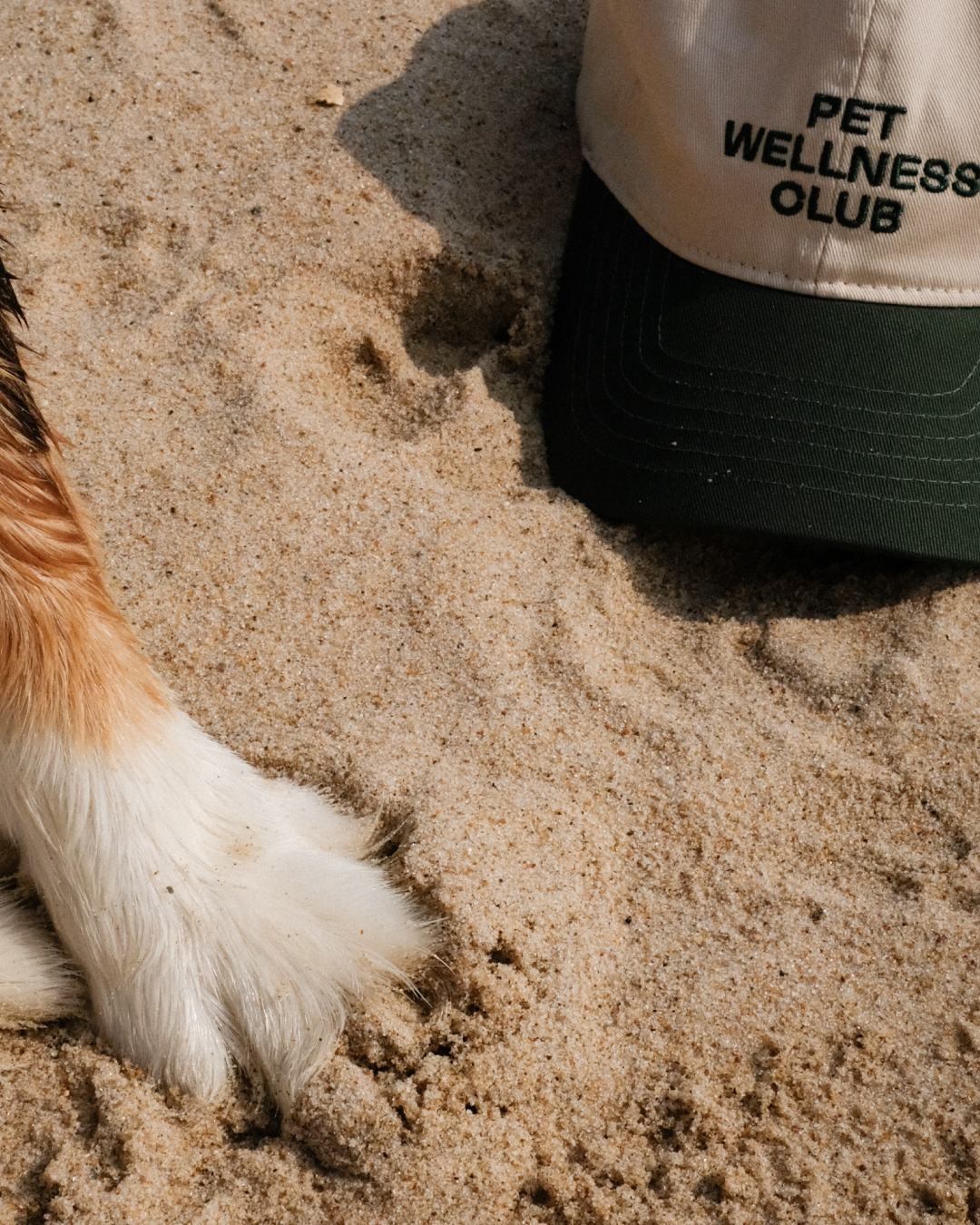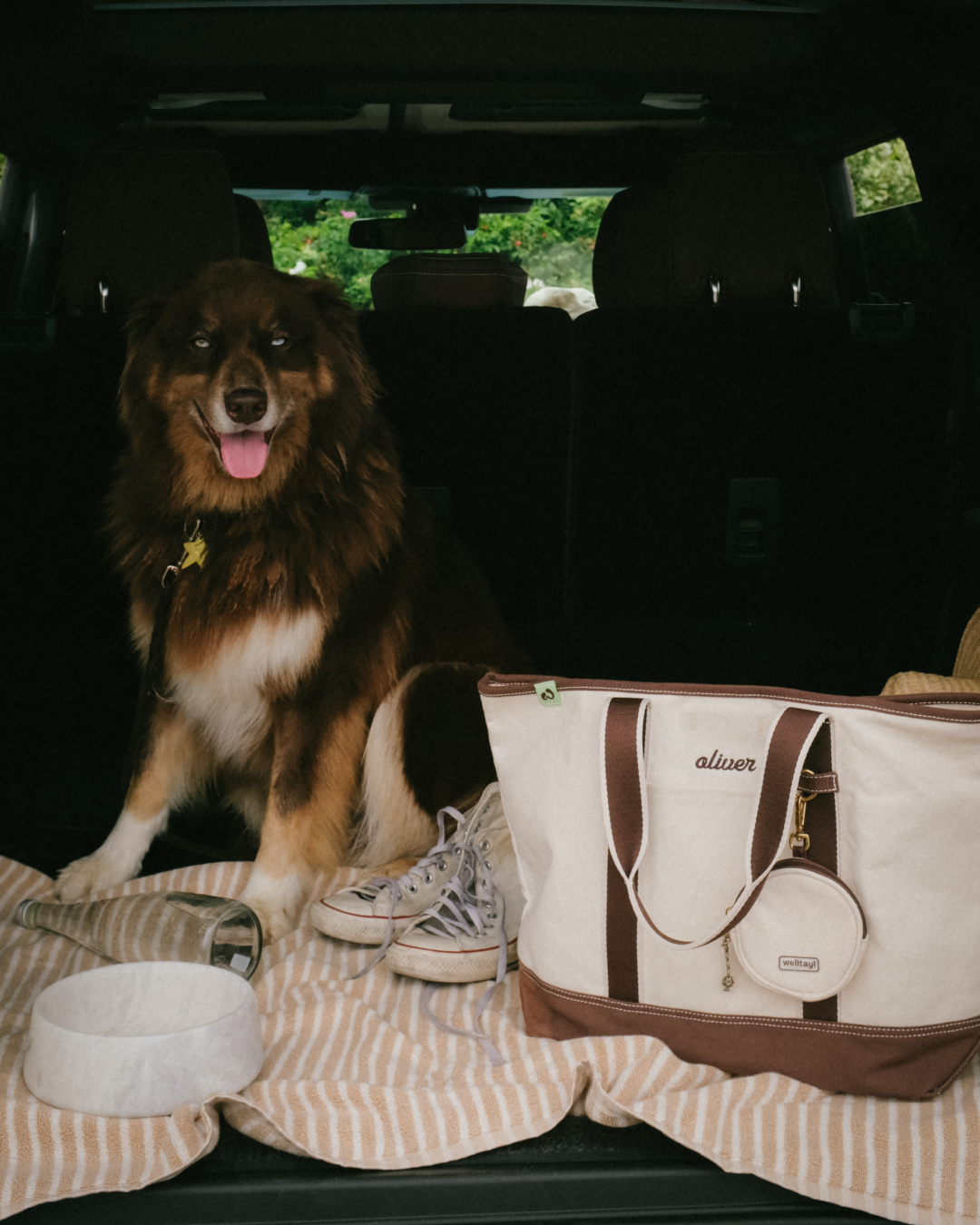Dog grooming isn't just about keeping your pup looking sharp; it’s crucial for their health and happiness. From the shine of their coat to the trim of their nails, grooming your dog can also be a bonding time that you both enjoy.
Whether you're brushing out tangles after a playful day at the park or preparing for a family photo shoot, knowing the right tips and tricks can make all the difference. Let’s dive into some essential dog grooming techniques that will keep your pet feeling great and looking their best.
Table of Contents:
- Key Takeaways
- Understanding Your Dog's Grooming Needs
- 4 Essential Grooming Tips
- Special Grooming Considerations
- Teaching Your Dog to Love Grooming
- Conclusion
- Frequently Asked Questions
Key Takeaways
- 🐩 Understand Your Dog's Coat Type: Recognizing your dog’s specific coat type (smooth, double, curly, wiry, long) is essential for choosing the right grooming tools and techniques, such as the frequency of brushing and the type of brush to use.
- 🥦 Maintain Skin Health: A balanced diet, regular hygiene practices like bathing, and checking for parasites are key to maintaining healthy skin, which supports a healthy coat.
- 🚿 Regular Brushing and Bathing: Regular brushing helps distribute natural oils, keeps the fur mat-free, and removes dirt. Bathe your dog as needed using dog-specific shampoo and conditioner, but avoid overbathing to prevent dry skin.
- 👁️ Nail, Ear, and Eye Care: Keep up with monthly nail trimming to avoid discomfort, and routinely clean your dog’s ears and eyes to prevent infections.
- 💚 Special Considerations for Grooming: Address the specific needs of senior dogs, those with skin conditions, or those with arthritis, modifying grooming practices to ensure their comfort and safety.
- 🥰 Make Grooming a Positive Experience: Teach your dog to enjoy grooming by starting early, using positive reinforcement, and keeping sessions short and gentle, gradually building up to longer sessions as they become comfortable.
Understanding Your Dog's Grooming Needs
Dog grooming plays a pivotal role in keeping your pet both healthy and happy. Focusing on grooming isn't only about enhancing your dog's appearance—it also promotes bonding time between you and your pet . In this section, dive deeper into the specifics of coat care and skin health to ensure your dog looks and feels their best.
Know Your Dog's Coat Type
Understanding your dog's coat type is the first step in determining best grooming practices for your individual pet. Dogs come in various coat types—smooth, double, curly, wiry, and long. Each type has unique needs:
- Smooth Coats: Dogs like Beagles or Bulldogs fall into this category. They require less frequent brushing, about once per week, but shed continuously.
- Double Coats: Breeds such as Golden Retrievers and Huskies have dense undercoats. They need brushing several times a week to prevent matting and stimulate oil production, which maintains their coat's health.
- Curly Coats: Poodles and Bichon Frises have curly coats that can easily mat. Brushing them multiple times weekly is crucial, and they often need professional grooming to manage their fur intricacy.
- Wiry Coats: Terriers have wiry coats that need regular brushing and might benefit from professional grooming to maintain the coat's texture.
- Long Coats: Breeds with long hair like Shih Tzus or Yorkies need daily brushing to prevent severe matting and tangling.
Choose grooming tools that match your dog's coat type, such as a rubber grooming mitt for short-haired dogs or a slicker brush for long-haired breeds.
Don't miss out on valuable health tips for your pet. Join the Welltayl community today by subscribing to our newsletter. Let us help you ensure your dog stays happy, healthy, and well-cared for.

4 Essential Grooming Tips
Proper grooming is crucial for your dog's health and happiness. These essential tips cover the basics to help keep your furry friend looking and feeling great.
1. Brushing Basics
Regular brushing removes dirt, spreads natural oils throughout the coat, and prevents tangles and mats. For effective brushing:
- Frequency: Aim to brush your dog at least once a week. If your dog has a longer coat, consider increasing this frequency.
- Choosing the Right Brush: Pick a brush that suits your dog’s coat type. For instance, bristle brushes work well for short-haired breeds, while slicker brushes are better for dogs with thick or curly hair.
- Technique: Always brush in the direction of hair growth. Start from the head, moving down towards the tail and legs, ensuring gentle strokes to make the process enjoyable.
2. Bathing Your Dog Properly
Bathing not only cleans your dog but also promotes healthy skin. Here’s how to bathe your dog efficiently:
- Frequency of Bathing: Bathe your dog as needed but avoid over-bathing, which can lead to dry skin.
- Shampoo Choice: Opt for a dog-specific shampoo such as Welltayl's Coat Wash + Conditioner to maintain the skin's pH balance.
- Conditioning: Apply a conditioner post-bathing, especially for breeds with longer coats, to facilitate detangling and add shine.
3. Nail Care Tips
Trimming nails is essential to avoid discomfort and potential health issues:
- Trimming Schedule: Cut your dog’s nails monthly. If you hear nails clicking on the floor when they walk around, it's time for a trim.
- Tools: Use a specially designed dog nail clipper or grinder for safety and accuracy. If you are not comfortable trimming your pet’s nails, this can be performed at a grooming salon or veterinary clinic.
4. Ear and Eye Care
Maintaining the cleanliness of your dog’s ears and eyes is vital for preventing infections and ensuring overall health:
- Ears: Check your dog's ears weekly for wax buildup, debris, or signs of irritation. Clean them with a vet-recommended solution, if necessary. Ears should be cleaned out following bathing.
- Eyes: Wipe around your dog’s eyes with a soft, damp cloth as needed to remove any dirt or discharge. Keep the hair around their eyes trimmed to prevent irritation.
Special Grooming Considerations
When caring for your dog, special grooming considerations ensure they’re comfortable and healthy, no matter their age or health conditions. Below, explore specialized tips for dogs who may need extra attention during grooming sessions.
Grooming Dogs with Special Conditions
- Senior Dogs
Due to potential health issues like arthritis, grooming senior dogs calls for a gentle approach. Adjusting grooming techniques is crucial for dogs with arthritis. Use strategies that limit their need to stand for long periods or make sudden movements. Comfort is key, so integrating supportive grooming equipment might be essential - Dogs with Skin Conditions
For dogs experiencing skin conditions, grooming can be part of their medical therapy, as advised by a veterinarian. These dogs might need different medicated shampoos or increased bathing frequencies to soothe their conditions effectively, always based on professional recommendations.
- Summer
Summer calls for regular brushing to manage shedding. Deshedding tools are particularly effective for dogs with dense undercoats, helping to remove loose hair and keep your dog cool. - Winter
In winter, dogs grow thick coats that require specific grooming approaches. This dense fur, while protective, will eventually shed come spring, necessitating a regimen that could include more frequent brushing to manage the increased volume of hair.
For more expert advice tailored to your dog's specific needs, consider joining the Welltayl newsletter. You'll receive tips directly from grooming experts to help keep your dog looking and feeling great all year round. Your dog’s comfort and health are priorities, and staying informed is the best way to ensure that. Join now, and don't miss out on valuable guidance that could make a huge difference for your furry friend.

Teaching Your Dog to Love Grooming
Grooming your dog plays a crucial role in their health and enhances the bond you share. Successful grooming routines depend on your dog feeling comfortable and even enjoying the process. Here's how you can make grooming a positive and enjoyable experience for both of you.
- Start Young: Introduce your dog to grooming as early as possible, ideally when they're a few months old. Familiarity breeds comfort, and starting young helps them grow accustomed to the sensations of brushing, bathing, and nail clipping.
- Use Positive Reinforcement: Implement rewards like treats and praise to create positive associations with grooming. For instance, give your dog a small treat and lots of verbal praise after successfully brushing their coat or cleaning their ears.
- Keep Sessions Short: Initially keep grooming sessions brief. A few minutes of brushing or a quick nail trim helps prevent your dog from getting overwhelmed. Gradually increase the time as their comfort level grows.
- Be Gentle and Patient: Use a gentle touch during grooming sessions. If your dog seems anxious or stressed, give them a short break and some comforting words before continuing.
- Create a Calm Environment: Reduce distractions by choosing a quiet spot for grooming. Soft music can help soothe some dogs, making the grooming session more relaxed.
- Incorporate Play: Make grooming sessions fun by incorporating playtime before or after. This can help your dog associate grooming with positive experiences.
- Educate Yourself: Understand the specific needs of your dog's breed, especially in terms of coat care and skin health. This knowledge can make grooming more effective and ensure you're using the right tools and techniques.
Conclusion
Grooming your dog is more than just a chore; it's a vital part of their health and happiness. With the right approach and tools, you can ensure that your furry friend not only looks good but feels great too. Remember the importance of adapting grooming techniques to suit your dog's specific needs, whether they're a playful puppy or a graceful senior. Embrace the bonding experience that grooming can offer and watch as your dog grows to love each session. Don't forget to keep learning and adapting your methods to provide the best care possible. Your efforts will help maintain your dog's well-being throughout all seasons of their life.
Frequently Asked Questions
How to Groom a Dog for Beginners
To groom a dog as a beginner, start by brushing the coat to remove tangles. Bathe the dog using a dog-specific shampoo, then dry them with a towel or dog-friendly blow-dryer. Trim the nails carefully, avoiding the quick. Clean the ears with a vet-recommended ear cleaner, brush the teeth with dog toothpaste, and finally, clip the hair following the breed's grooming style.
How do Groomers Keep Dogs Still While Grooming?
Groomers keep dogs still by using grooming tables with restraints, providing positive reinforcement through treats and praise, using calming techniques like gentle handling and speaking softly, and relying on their experience to manage the dog's behavior.
What Not to Do When Grooming a Dog
When grooming a dog, avoid using human products and don't rush the process to prevent stress or injury. Never pull on mats; use detangling sprays instead. If a mat cannot be detangled, it may need to be cut out. Be careful not to cut too close to the skin to avoid nicks. Don’t bathe your dog too often to prevent drying out their skin and coat, and always stop if the dog shows signs of distress.
Resources:
Read more
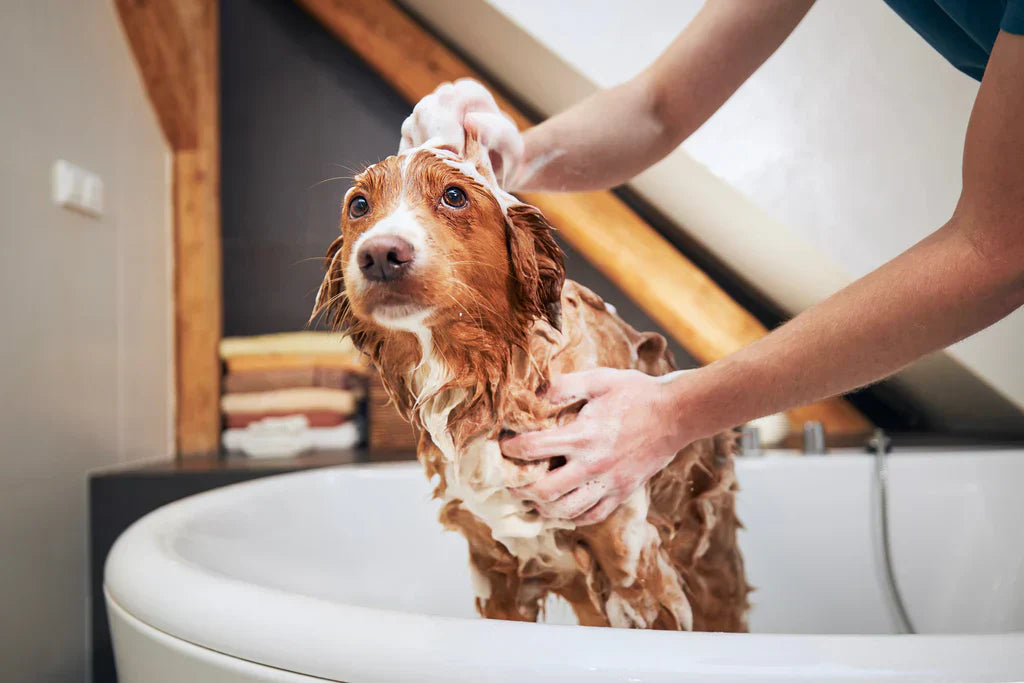
Learn the best practices for grooming your dog at home. Keep your pet looking great and feeling healthy with our expert advice. Start grooming now!

A comprehensive guide to common dog skin conditions, their causes, symptoms, and effective treatments. Keep your pet healthy and happy.

